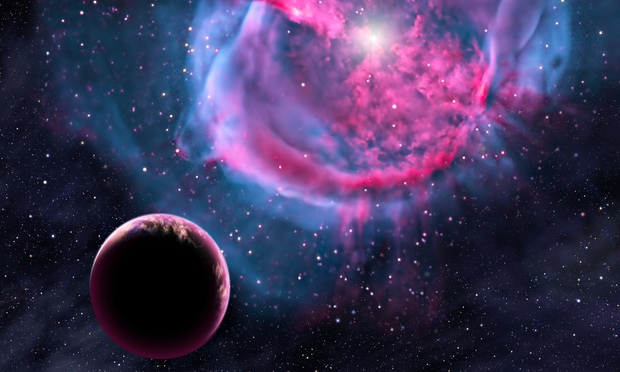NASA’s Kepler telescope has found the most Earth-like planet ever outside the solar system. The planet, named Kepler 438b, orbits a distant star in the constellation of Lyra and is slightly larger than Earth. The star it revolves around is an orange dwarf star that bathes 438b in 40% more heat than our home planet receives from the sun. The small size of Kepler 438b makes it likely to be a rocky world, while its proximity to its star puts it in the “Goldilocks” or habitable zone where the temperature is just right for liquid water to flow.
Researchers at NASA stated that Kepler 438b is probably even more similar to our home than Kepler 186f – which previously looked to be our most likely twin. At 12% larger than Earth, the new claimant is bigger than 186f but it is closer to our temperature, probably receiving just 40% more heat from its sun than we do from ours.
Still, even if Kepler 438b turns out to be a habitable planet in all ways, there’s the matter of getting there. The planet is 475 light-years away, so unless we figure out some form of cryogenic stasis or a way of bending relativity, it is out of bounds for now.



